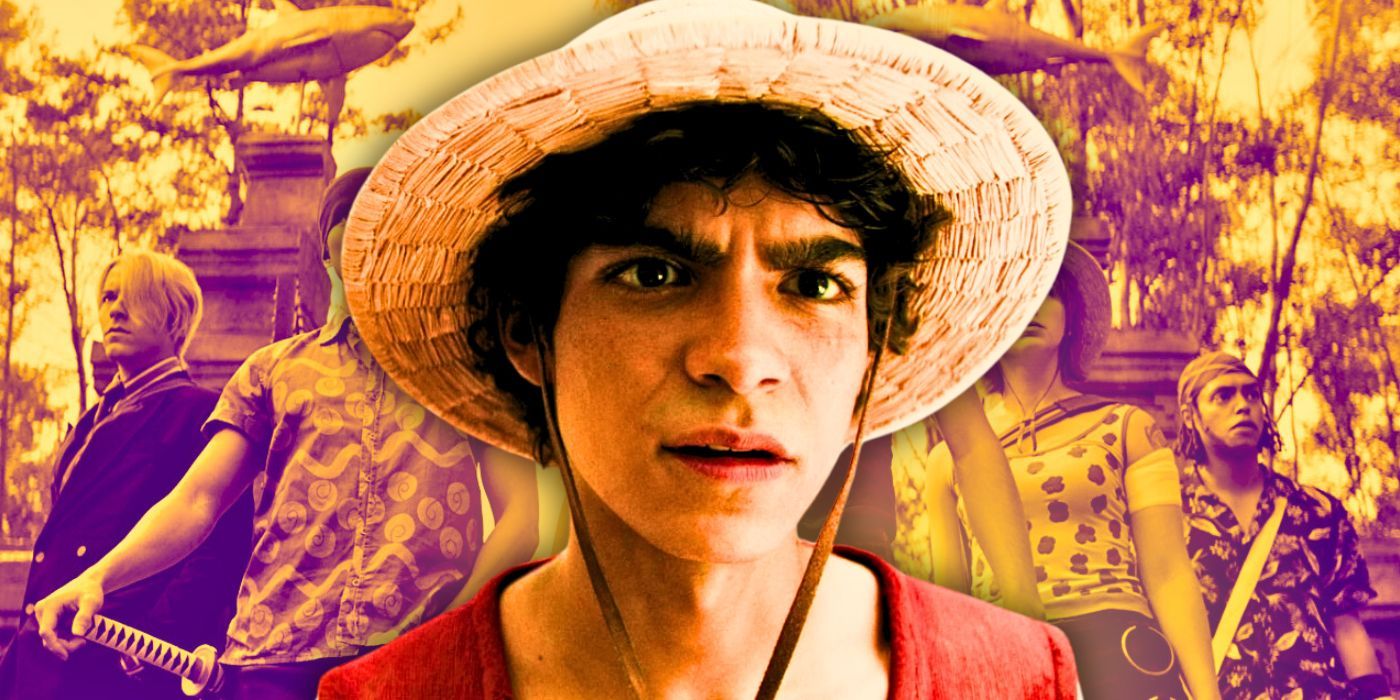
Given that the live-action show has so far only covered a small fraction of the One Piece manga, it might be soon to say whether it fully succeeded as an adaptation. There were not many issues with season 1, but some of the biggest challenges the series will face will only start in One Piece season 2. For example, two more massively popular One Piece characters are set to make their debut in the next season, which will cover the Arabasta saga. If season 2 is as good as season 1, Netflix’s One Piece will have proved it can nail the rest of the manga.
One Piece Season 1 Covered The “Easiest” Anime Arc
East Blue is not as complex as other One Piece sagas
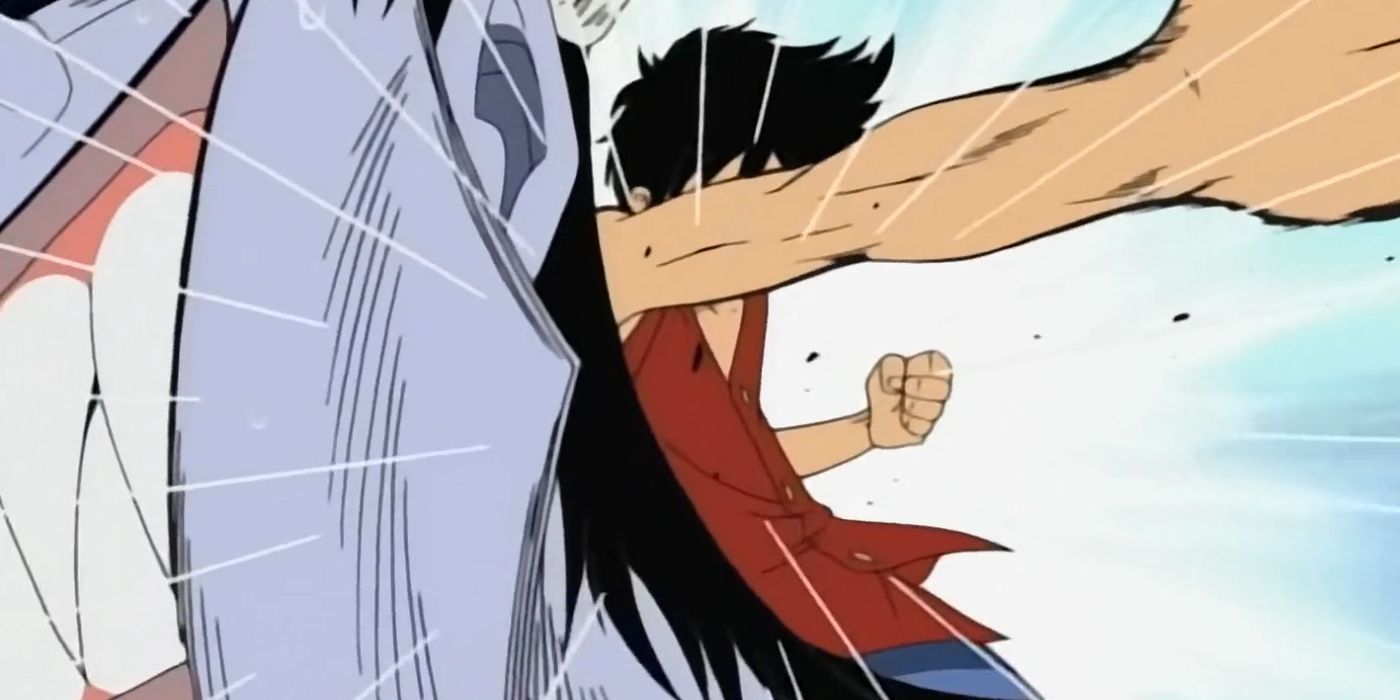
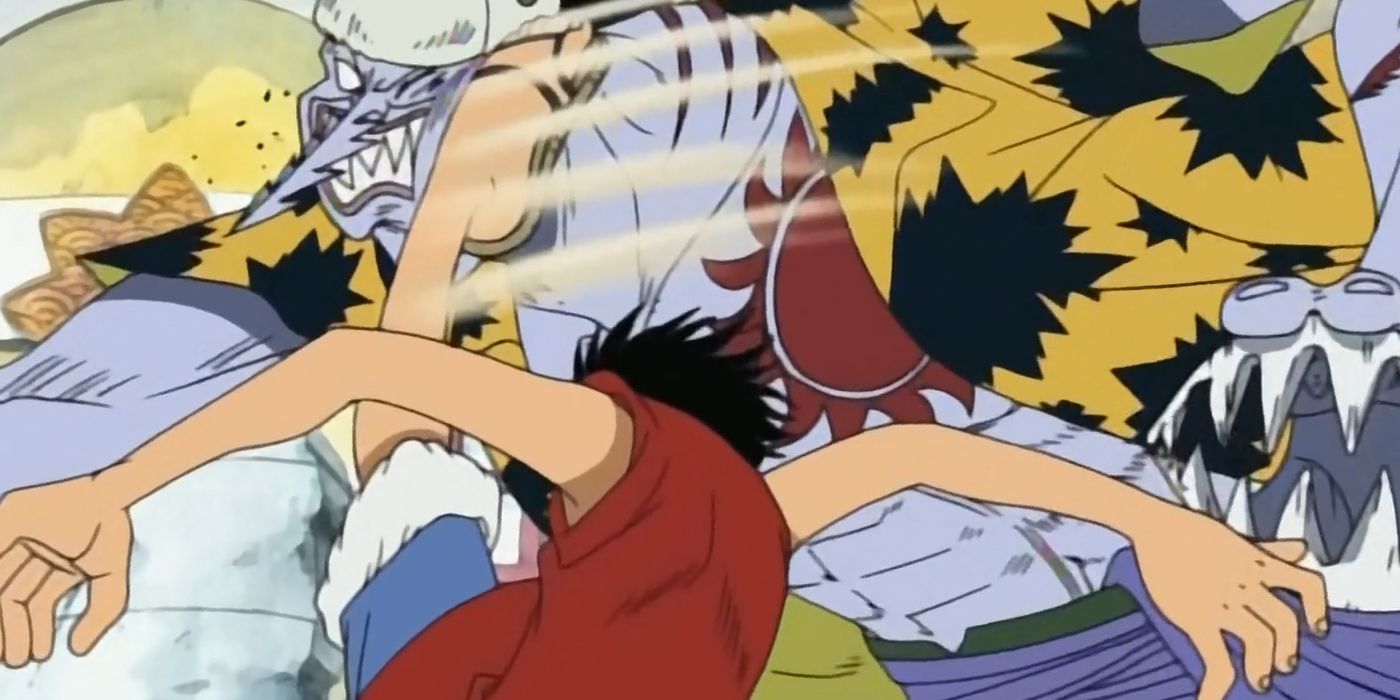
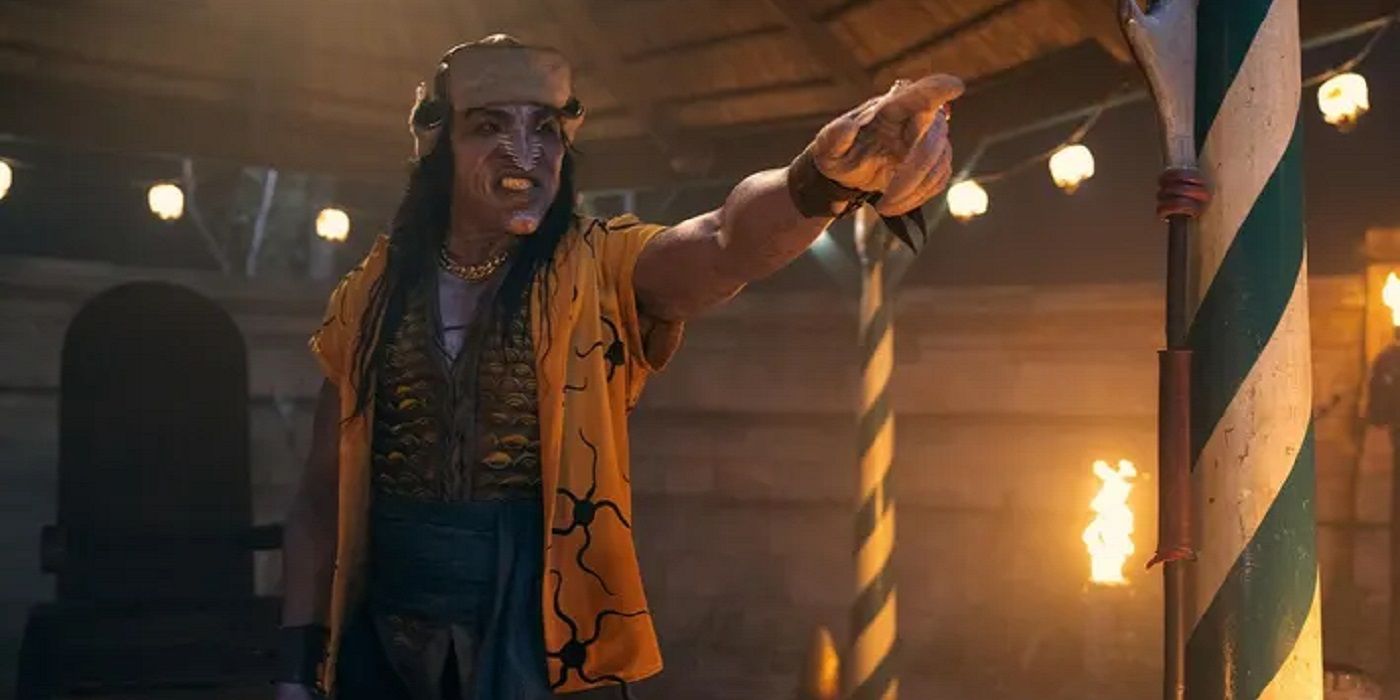
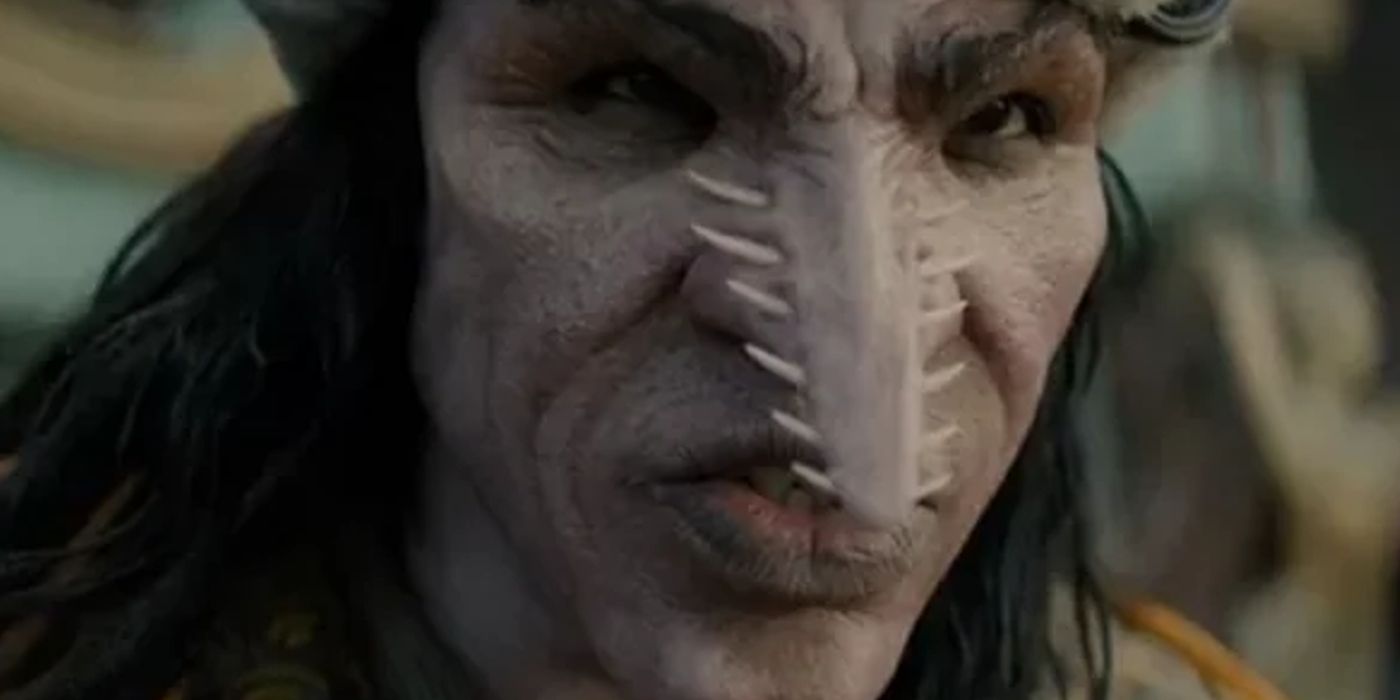
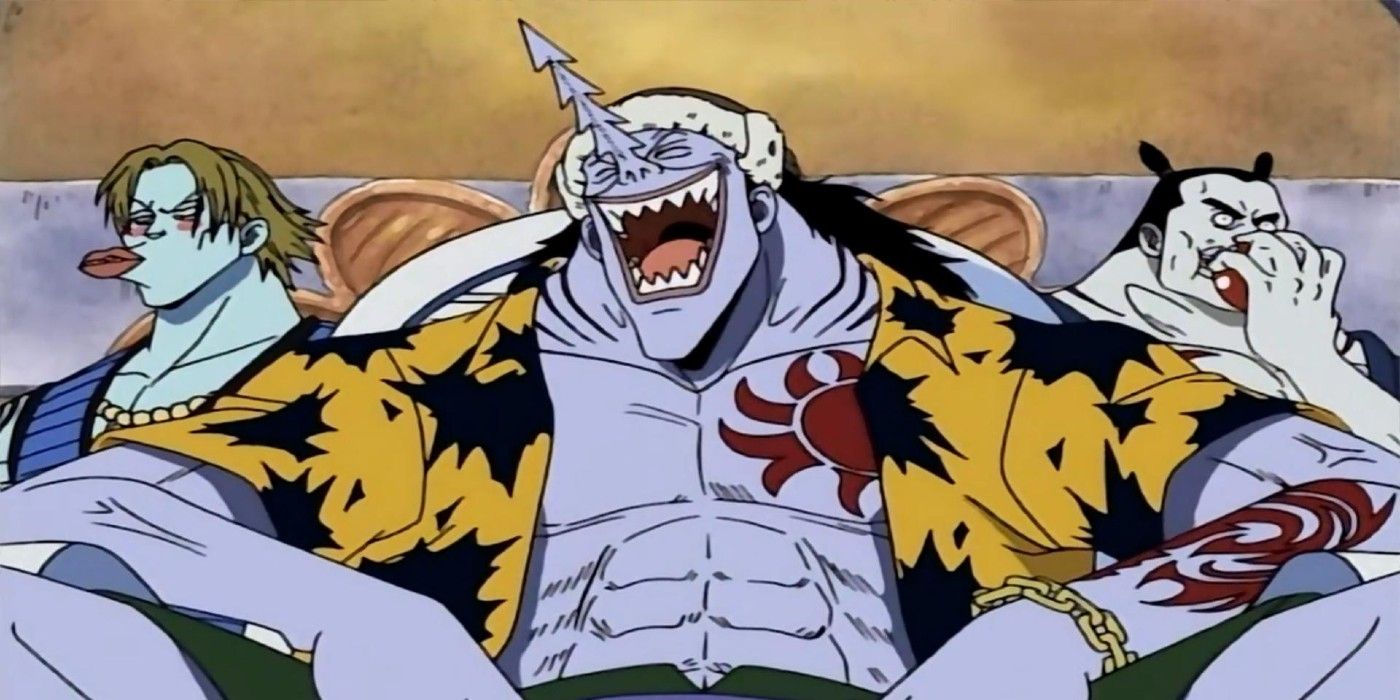
One Piece season 1 covered what is known as the East Blue saga, which refers to the first six arcs of the manga. Similar to what happens in the manga and the anime, One Piece season 1 was focused on introducing the original Straw Hats as Luffy went from village to village forming his crew. From Luffy meeting Koby at Alvida’s ship to the fight against Arlong in Arlong Park, One Piece season 1 followed the East Blue saga quite closely and only made a handful of changes to the source material.
One Piece’s Current Straw Hat Pirates
Actor
Monkey D. Luffy
Inãki Godoy
Roronoa Zoro
Mackenyu
Nami
Emily Rudd
Usopp
Jacob Gibson
Sanji
Taz Skylar
Compared to other live-action shows available on Netflix, One Piece season 1 might be one of the most unique. The world of One Piece is unlike anything else in fiction, combining different inspirations and tropes into a large, colorful map of characters and locations. The fact that Netflix’s live-action One Piece show kept so much of the tone and the aesthetic of the anime is one of the reasons why the series was so well received, especially compared to other Hollywood adaptations of anime properties. Still, Netflix has only scratched the potential of the One Piece world.
As explained by Nami, the Grand Line is where the bigger, more dangerous pirates can be found.
Compared to what is about to come in One Piece, season 1 covered the “easiest” saga of the anime. One Piece only gets more complex – and bizarre – as the story goes on, with dozens of new characters and locations being introduced with every chapter. Geographically, the East Blue saga takes place in a relatively safe zone of the One Piece world. Season 2 and the rest of the show, however, will enter the Grand Line. As explained by Nami, the Grand Line is where the bigger, more dangerous pirates can be found.
One Piece’s Arabasta Saga Is When The Anime Really Begins
One Piece’s first few arcs only serve to establish the characters

One Piece season 1 may have been great, but the Arabasta saga is when the anime really begins. East Blue, like many introductory anime arcs, primarily serves to establish the characters and the rules of that world. One Piece villains like Kuro and Arlong may have felt like major threats upon their introduction, but in hindsight, they were nothing compared to what Luffy and the Straw Hats were yet to face. The most powerful, well-written One Piece villains have yet to appear in live-action, and a couple of them do show up in the Arabasta saga.
It can be assumed that One Piece season 2 will cover the Arabasta saga, just like season 1 went through all of East Blue. Once it returns, One Piece will be a very different show because the anime changes from East Blue to Arabasta. The stakes get higher, the pacing gets faster, and the storylines become more complex. A few of the most important One Piece concepts and plotlines are introduced during the Arabasta saga, including some mysteries that the anime has yet to solve.
One Piece Season 2 Will Have To Balance Multiple Characters & Storylines
The Arabasta saga includes a lot of locations
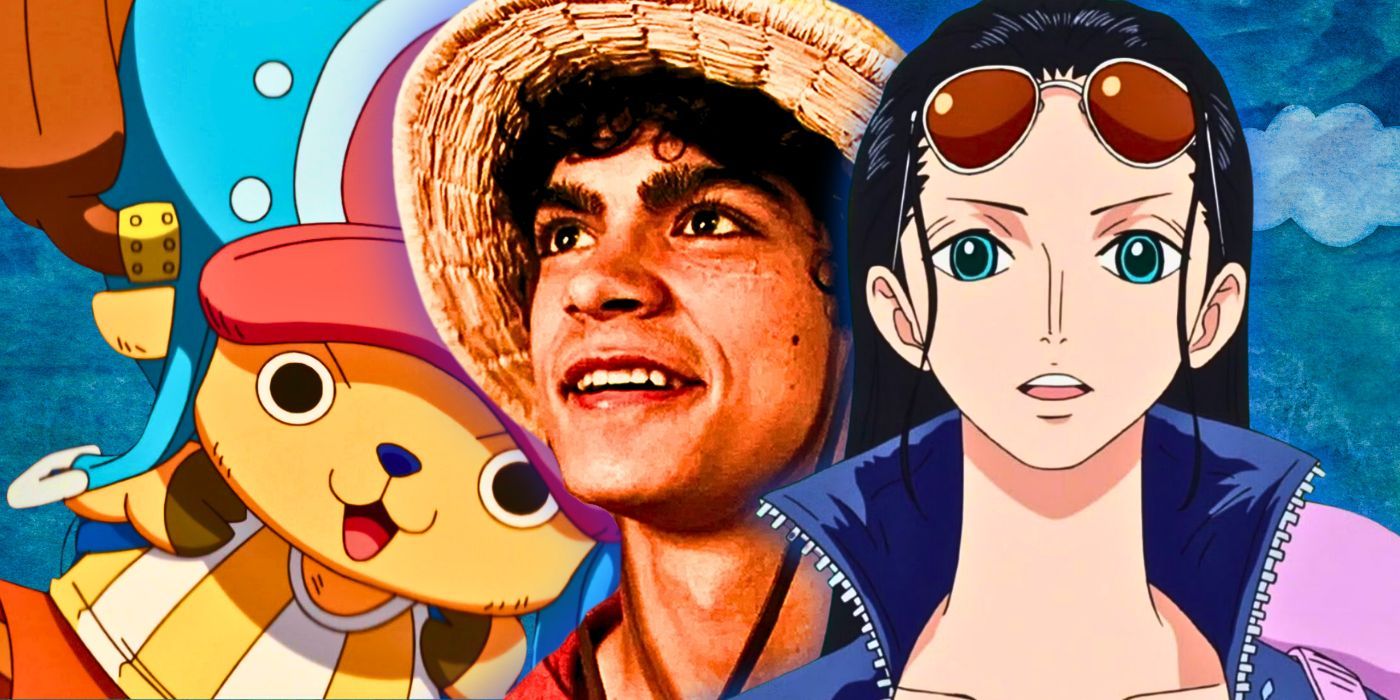
One Piece season 1 had a very well-defined structure in which each of the Straw Hat pirates received at least one episode entirely dedicated to them. Additionally, apart from Loguetown, all arcs from the East Blue saga were brought into the live-action show. For example, the first live-action episode covered Romance Dawn, whereas episode 2 covered Orange Town. The arcs were compressed into hour-long episodes while also tying to a larger storyline involving Garp and Arlong, who served as overarching antagonists in season 1. This structure worked perfectly, but it won’t be easy to replicate it.
It’s no exaggeration to say that Netflix’s One Piece could go on for decades based on the length of the source material only.
Things get far more complicated in One Piece once the Straw Hats enter the Grand Line, both in terms of the threats they face and narratively. Instead of facing one villain per village as he puts together his crew, Luffy sees himself caught in a complex thread of lies, betrayals, and evil plans from Reverse Mountain to Arabasta. Some characters and namedrops from the beginning of the saga are only paid off at the end, including but not limited to Sir Crocodile’s story. There are also a lot more important characters in Arabasta than in East Blue, such as Chopper and Robin.
One Piece Only Gets Better (& That Is Great For Netflix’s Live-Action Show)
Every One Piece season can be better than the previous one
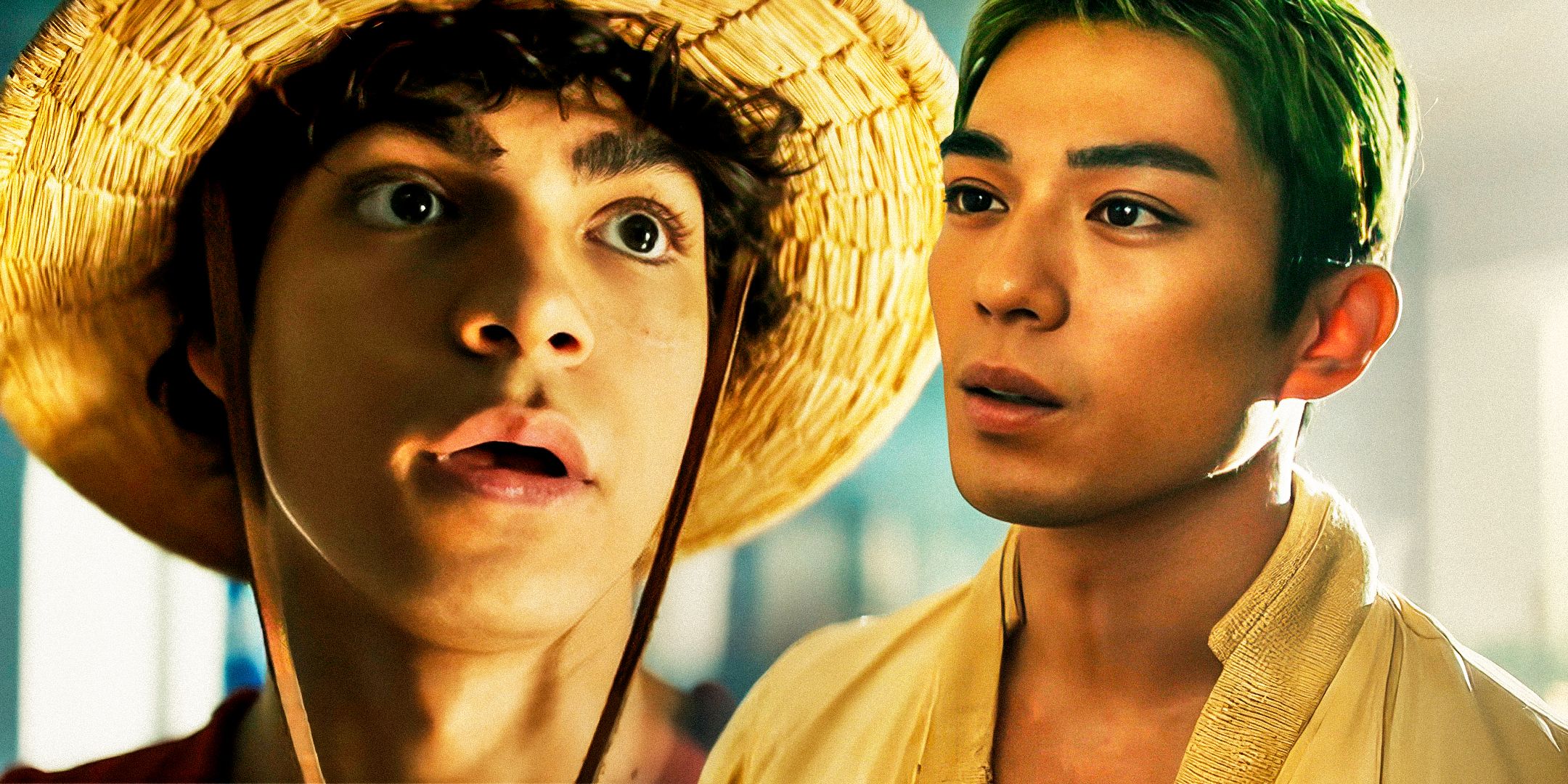
One Piece will become more difficult to adapt with each season, which is not necessarily a bad thing. The fact that One Piece gets bigger and bolder as Luffy’s story progresses also means that the show as a whole gets better as the episodes go by. In other words, every live-action season of One Piece can be better than the previous one. If Netflix continues to faithfully bring the manga into live-action with great visuals and strong performances, One Piece can be one of the streamer’s flagship titles for several years.
It’s no exaggeration to say that Netflix’s One Piece could go on for decades based on the length of the source material only. One Piece season 1 covered roughly 60 episodes of the anime, which has released 1102 episodes as of the writing of this article. After Arabasta, One Piece would presumably cover the divisive Sky Island saga, which is then followed by the fan-favorite Water 7 episodes. There would still be a couple more arcs before the anime’s time skip. Hopefully, Netflix’s One Piece will have enough seasons to bring those and more arcs into live-action.




